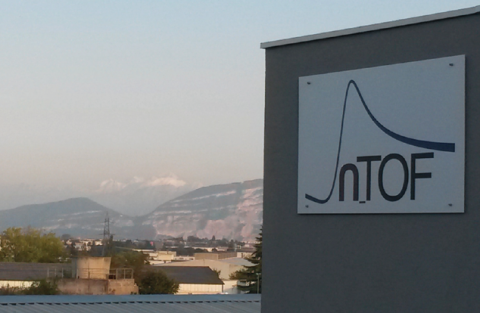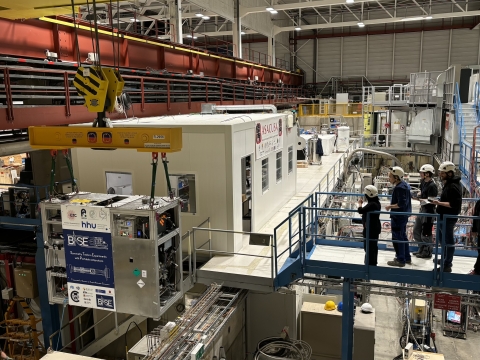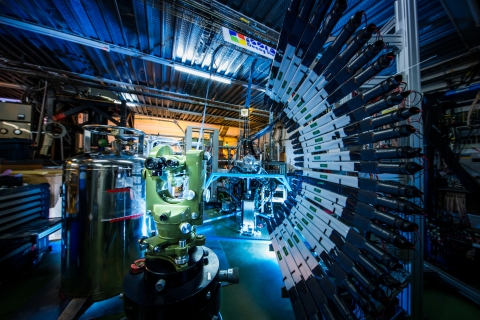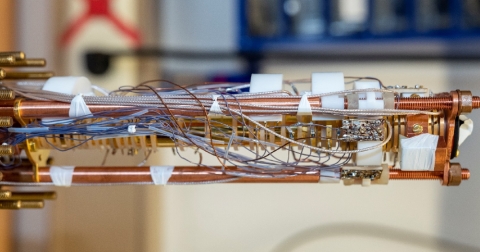SME
The 2024 n_TOF run: Highlights and perspectives
Thanks to the excellent beam conditions provided by the PS staff, combined with the efficiency of research groups participating in the n_TOF Collaboration, an intense experimental program has been performed during the 252 days of measurements of the…
Read moreCERN's BASE-STEP: A Leap Forward in Antimatter Transport
Antimatter, often portrayed as the elusive counterpart to ordinary matter, has long captivated the scientific community with its potential to unlock some of the universe's most profound mysteries. Yet, one of the most significant challenges in…
Read moreCAST Sets New Benchmarks in the Quest for Axions
Within the CERN Axion Solar Telescope (CAST) collaboration, scientists from the Center for Astroparticles and High-Energy Physics (CAPA) at the University of Zaragoza led the research that has achieved a significant milestone in the search for axion…
Read moreNA62 Observes Ultra-Rare Kaon Decay to Pion and Neutrinos
The NA62 experiment at the CERN north area was built to investigate the ultra-rare K+ → π+νν̄ decay. Measurement of this decay, a golden mode for kaon physics, is considered a key flavour physics objective because it provides both a strong test of…
Read morePerturbed angular correlations at ISOLDE
Solid state physics and biophysics research has been conducted at ISOLDE-CERN for almost 50 years [JOH2017]. Our role in supporting experimental equipment and manpower has enabled the development of on-site laboratories. This has several advantages…
Read moreBreakthrough in the cooling technologies of a single antiproton/proton at the BASE experiment
The Baryon Antibaryon Symmetry Experiment (BASE) is recognized for performing the most precise measurements of the fundamental properties of antiprotons and protons, such as the 16 p.p.t. precision measurement of the antiproton-to-proton charge-to-…
Read moreAMBER uncovers the universe’s mysteries
The AMBER spectrometer. Credit: K Bernhard-Novotny/A Sargsyan Despite our extensive knowledge, the universe remains mysterious in many ways. To this day, questions prevail about the origin of the matter-antimatter asymmetry. The exact sources of…
Read moreISOLDE’s New Beta-Decay Station Unlocks Advanced Decay-Spectroscopy Experiments with Laser-Polarised Unstable Nuclei
Exciting new opportunities for experiments with beta-decaying atomic nuclei have arisen at the ISOLDE facility with the recently developed new spectroscopy station called DeVITO [1]. The novelty of the setup lies in its integration with the VITO…
Read moreStudying FIPs with FASER - recent news
Feebly Interacting Particles (FIPs) exist within both the Standard Model (SM) and in theories that extend beyond it. The FASER experiment [1] is the first of two experiments approved for data taking in Run 3 aiming to study these elusive particles.…
Read moreHighlights from the Alpha Magnetic Spectrometer on the International Space Station
The Alpha Magnetic Spectrometer, AMS, is a high-energy particle detector performing unprecedented-precision measurements of cosmic rays of rigidity (momentum/charge) ranging from GV to 3 TV on the International Space Station (ISS). AMS has now…
Read more








